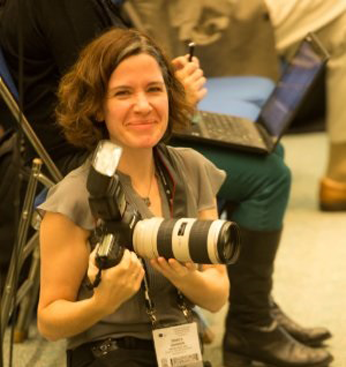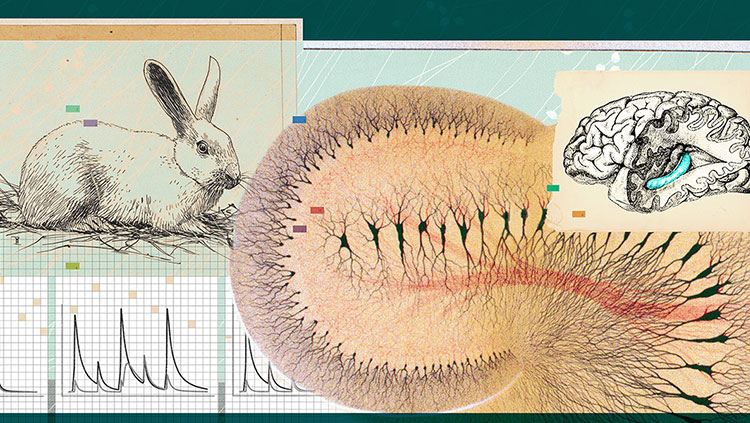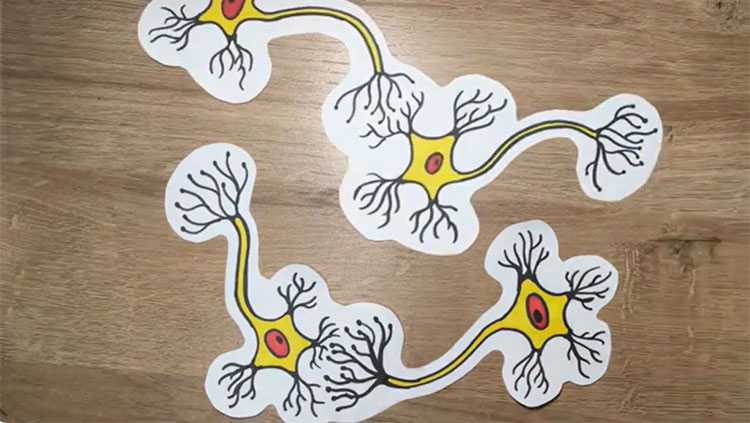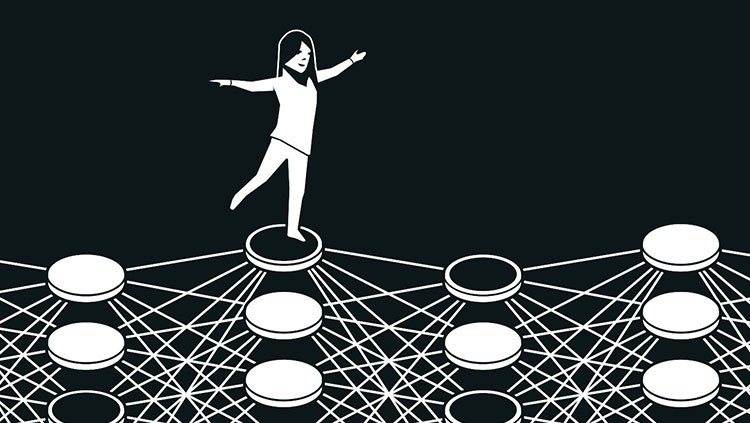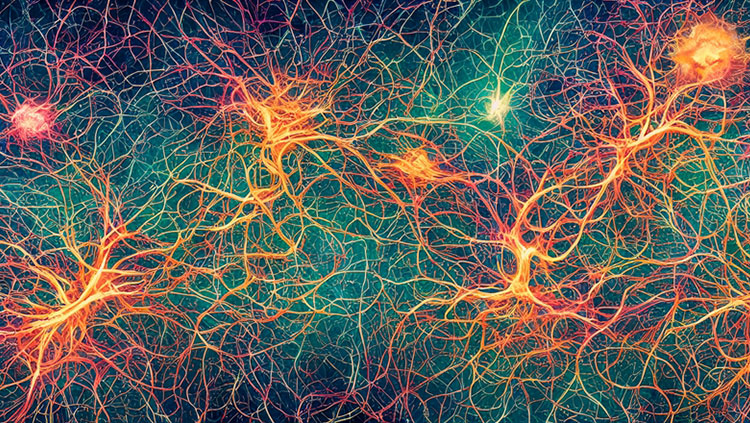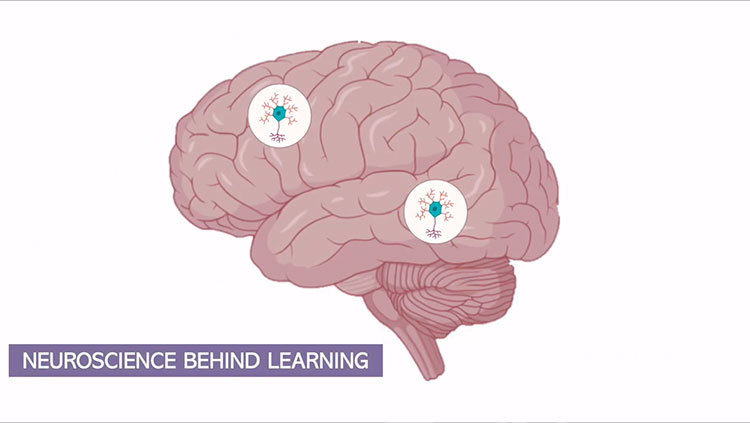Patient HM and His Missing Memories
- Published29 Apr 2016
- Reviewed28 Apr 2016
- Author Jessica P. Johnson
- Source BrainFacts/SfN
Henry Molaison had experimental brain surgery to end frequent, debilitating seizures. After the surgery, the seizures were mostly gone, but Molaison (known as Patient HM) was no longer able to form new memories. Researchers began to study what went wrong, and changed the way we think about memory. To learn more, listen to this podcast fromBrainFacts.org.
Have a question about what you just heard in our podcast? Just ask!
Music by Josh Woodward, used under a creative commons license.
CONTENT PROVIDED BY
BrainFacts/SfN
Transcript
SfN: I'm Jessica Johnson, reporting for BrainFacts.org.
In 1953, a 27-year-old man named Henry Molaison sought treatment for debilitating and increasingly severe seizures that he began experiencing after a childhood bicycle accident. As a last resort, he consulted a neurosurgeon who recommended experimental surgery to remove portions of his brain, including parts of the hippocampus and surrounding structures. Molaison’s doctors were pleased to see that the surgery stopped nearly all of his seizures. But they were shocked to discover that Molaison, who doctors referred to as HM while he was alive for his privacy, could no longer form new memories. Molaison described his new condition as being like “waking from a dream. Every day is alone in itself.”
From that day on, HM couldn’t live independently – he would often forget to eat and was unable to hold down a regular job. At times, his memory deficits confused and agitated him – after the death of his parents, he experienced vague feelings of loss that lingered long after he had forgotten that they had passed away. But overall, HM’s intelligence and his kind, funny personality remained surprisingly intact.
Larry Squire: The important discovery was that memory could be affected in isolation from other functions.
I’m Larry Squire. I’m a professor of psychiatry and neurosciences and psychology at the University of California San Diego.
Prior to HM, the feeling was that memory was integrated with other intellectual perceptual functions and distributed throughout the brain. HM was really the first time that identified an area of the brain that seemed to be especially important for memory.
SfN: That area of the brain is the hippocampus, a seahorse-shaped structure located deep within the brain, which is associated with memory and emotion. Squire has worked with many amnesiacs throughout his career, studying the hippocampus and other brain regions that, when damaged, can cause memory loss. But he noticed that there were differences between HM and his own subjects.
Larry Squire: Hippocampal damage by itself doesn't produce an HM. It produces a much milder impairment. So to understand HM we have to think about the hippocampus together with the adjacent parahippocampal gyrus. And it's those structures together that are important for forming long-term memory.
SfN: MRI scans of HM have revealed that about half of his hippocampus on each side of his brain was removed in his surgery, as well as the surrounding tissue, called the hippocampal gyrus. The hippocampal gyrus is now thought to help process memories before they are sent to the cerebral cortex for long-term storage.
Pioneering experiments by the neuropsychologist, Brenda Milner, who began working with HM in the mid 1950s, revealed new information about long-term memory storage in HM and the differences between short and long-term memory.
She found that HM could remember something for up to 15 minutes if he repeated it to himself without distraction. But as soon as he thought of something else, he would forget the subject entirely. So his long-term memory was gone, but his short-term memory was intact, suggesting that these two types of memory are handled by different parts of the brain.
Milner’s studies of HM also revealed something about where memories are stored in the brain.
Larry Squire: He was very poor at identifying faces that came into the news after his surgery. But he was as good as normal at recognizing faces that were in the news before his surgery. So what that taught us was that the structures that are important for forming long-term memory don't appear to be the ultimate storage site of long-term memory.
SfN: Tests of HM’s motor skills produced another surprising discovery. He was able to learn and improve upon physical tasks through repetition and trial and error over time, even though he did not consciously remember taking part in any of the training sessions. In one example, HM was asked to trace the outline of a star on a piece of paper while only being allowed to look at a mirror reflection of the paper and his hand, adding to the difficulty of the task.
Larry Squire: He learned it well and he retained it perfectly. But he didn't remember that he’d done the task before. Brenda Milner showed us that HM was intact at learning a motor coordination skill. And this is the first suggestion that HM’s memory impairment was not universal and didn’t apply to all forms of memory.
SfN: By the time of his death in 2008 at age 82, HM had become the most intensively studied amnesiac in history.
Larry Squire: HM taught us the distinction between immediate memory and long-term memory, he provided the very first evidence for the existence of multiple memory systems, and he showed us the distinction between recent memory and more remote memory and the idea that these structures are not repositories of memory.
SfN: But HM’s contributions promise to continue long after his death, because his family has donated his brain to science. David Amaral, the director of research at the UC Davis MIND Institute, currently overseas distribution of portions of HM’s brain to carefully-chosen researchers for study. Amaral and his collaborators have also nearly finished a set of high-resolution scans of stained sections of HM’s brain. The scans reveal HM’s brain anatomy down to the cellular level and will help researchers understand exactly which parts of his brain were affected by his surgery. If all goes according to plan, Amaral says he hopes to launch an open access database of the scans by early 2017.
In a BBC interview with Suzanne Corkin, a behavioral neuroscientist who studied HM for 47 years, but whom he never learned to recognize, Corkin played a recording of one of her sessions with HM.
“How do you feel about having a problem remembering things?” she asked him.
“Well, I don’t feel good about it,” Molaison said. “But I think what is found out about me will help the medical people scan other people too and help them.”
“Are you happy?” she asked.
“Yes,” he said.
Larry Squire: He inaugurated the modern era of memory research. And HM taught us that memory is a separable cognitive function that's distinct from intelligence and perception. And that was an enormous insight.
Thanks for listening. Check out more information about how memory is created – and sometimes lost – at BrainFacts.org.
Also In Learning & Memory
Trending
Popular articles on BrainFacts.org


